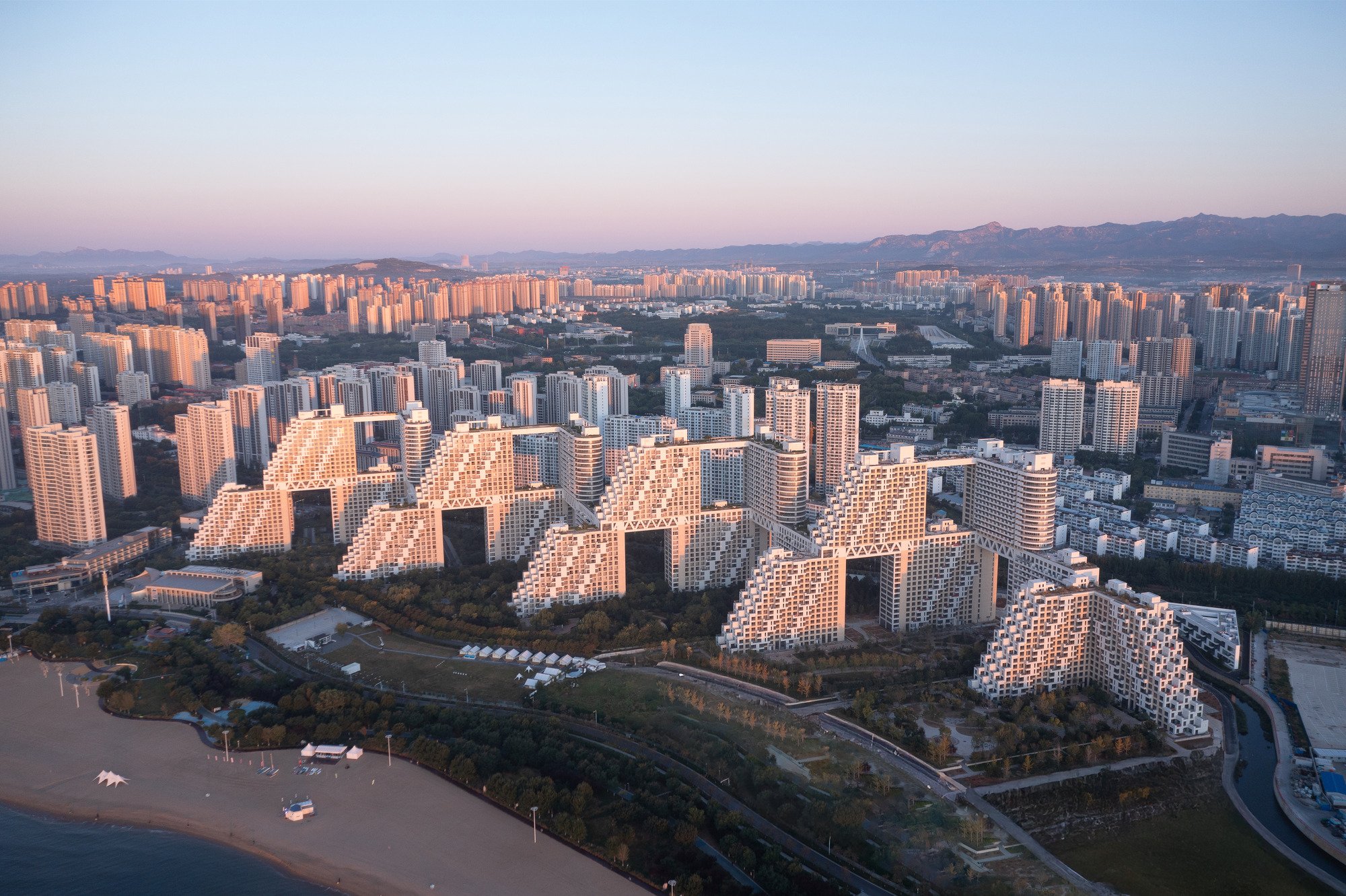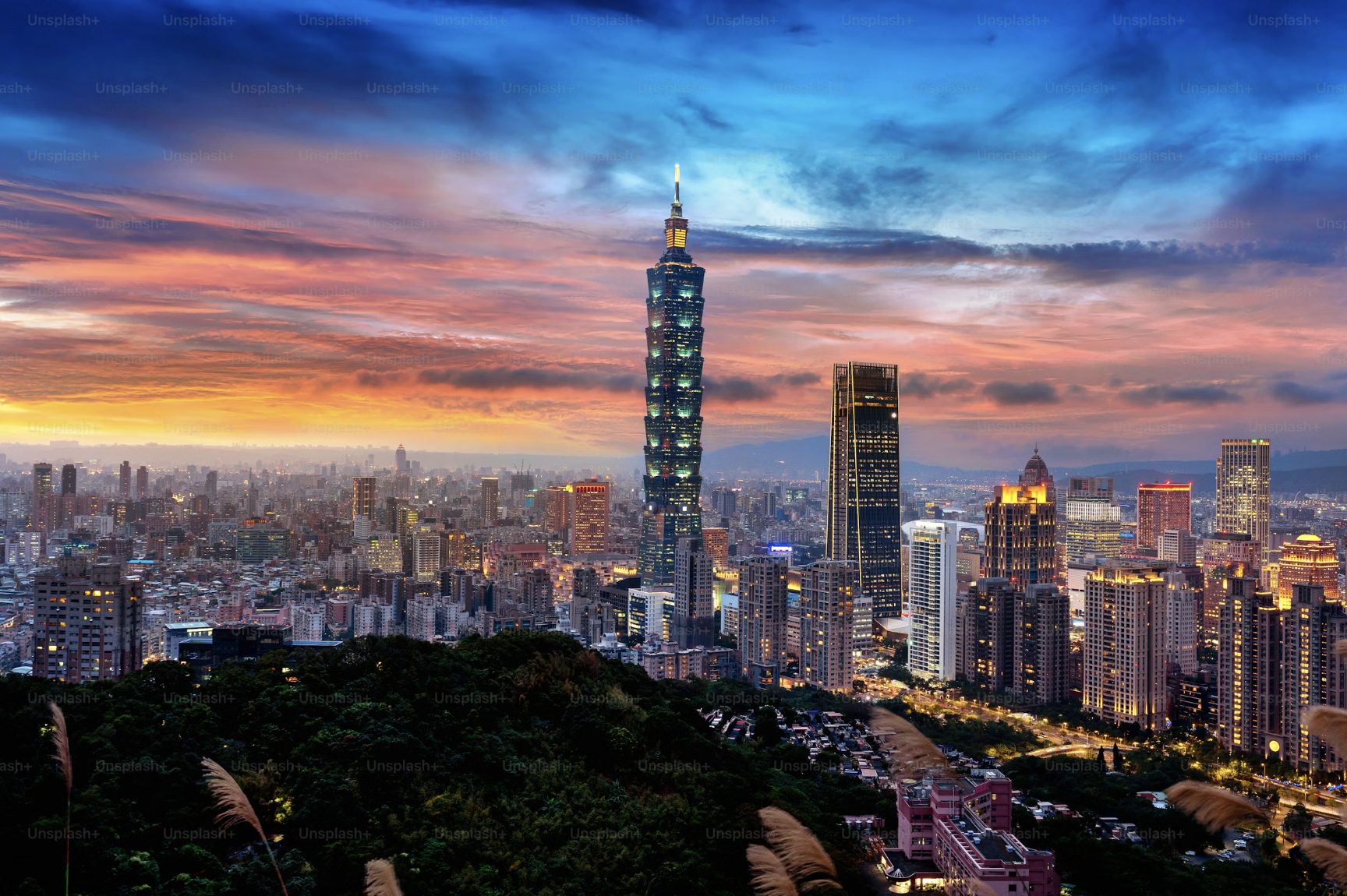There’s an old Chinese saying which states that frequent relocations will kill a tree but make a person rich. For centuries, Southeast Asia has been a destination for Chinese people searching for a better life, especially during the mass migrations that began in the 18th century. However, these days there’s a new wave of Chinese arriving in the region, who differ from the merchants and laborers that preceded them, or even more recent white-collar immigrants: Over the past few years Chinese tech entrepreneurs have been setting up shop in Southeast Asia, looking to “Nanyang” (南洋, the South Seas) as a new land of opportunity.
As a region boasting a population over 650 million with over 400 million internet users and high levels of mobile connectivity, its large potential customer base and growth trajectory increasingly make Southeast Asian an attractive destination for Chinese tech entrepreneurs looking to ride the next wave of growth.
Hank Wang, an ex-Ant Financial employee, decided to relocate his whole family to Jakarta at the beginning of 2021 and set up an MCN (multi-channel network) agency serving what he sees as the largest opportunity to emerge in Southeast Asian ecommerce in recent years: the launch of TikTok Shop. Since 2021, the region’s TikTok users have been able to shop directly in the app, mimicking the user experience of more traditional locally popular ecommerce platforms like Lazada and Shopee.
“Indonesia is by far the biggest market in terms of potential, so our logic was to launch in this market to get a certain level of scale first before we move onto other countries,” Hank explains.
Quick to capitalize on TikTok’s investments into the region, he predicts that this is a time in which the app will need to build a vibrant ecosystem around its social commerce model in order for it to become successful. Hank’s business model leverages the competitive edge China has in its supply chain and manufacturing capabilities and the knowledge gap in Indonesia around livestreaming to provide a new model of doing business for brands in the country.
Since relocating to Indonesia, Hank has encountered a large community of Chinese entrepreneurs, many of whom relocated from Shenzhen or Shanghai to set up new businesses in Jakarta, often centered around consumer tech and appliances. Statistics from Bank of China Indonesia show that over the past five years bank accounts opened in their local Indonesian entity by Chinese companies have risen from 700 to over 3000, reflecting the trend of Chinese entrepreneurs diving into Indonesia’s rising consumer market.
Most notable among the Chinese consumer brands that have enjoyed a high degree of success in this market are Simplus and Skintific, which are both targeted at and built specifically for the young Southeast Asian consumer, but have their supply chains and manufacturing entirely located in China.

“I think the new generation of brands is no longer about exporting what’s successful in China to an overseas market, but instead leveraging on the key unique advantages China has to offer but building it inherently for the local market,” reflects Hank. In the last two years of his entrepreneurship journey, he has also started to reevaluate his original model of building for scale and speed while hoping to attract venture capital. Rather, he is now more focused on building a sustainable cash flow positive business.
Standing firmly with the thesis of “building it local” rather than “exporting it local” is Li Jing, who was the lead architect of Tencent’s fintech brand WeBank before co-founding Sirius Technologies, a digital transformation solution for banks and financial institutions.
“From day one, our target market has been global, and our team has been global. We believe the experiences and lessons we took from building WeBank in China can solve universal problems around banking solutions and digital infrastructure in most emerging markets.”
Along with his co-founders, in 2021 Jing chose to set up his company in Thailand, attracted by friendly relocation and taxation policies offered by the Thai government. To promote foreign investment in Thailand, companies that qualify for a Thailand Board of Investment program may enjoy significant tax waivers and multiple visa permit issuances with no stringent requirements around local ownership of the company. Since launching, Sirius Technologies has already found initial success providing its solutions to one of Thailand’s largest credit card companies — Krungthai Card — and it continues to scale across Southeast Asia and even into Latin America.
Many other Chinese tech entrepreneurs like Jing, who are building SaaS (Software as a Service) products, chose Southeast Asia as their first test market, prior to launching in a much more expensive Western market. When marketing SaaS products, it’s common to see Chinese founders take a “service-led” approach, as product customization and on-demand customer care can be necessary to stay competitive in China. However, whether the right localized approach is more service- or product-led is something each business owner must iterate and test within the region.
The region however, also presents unique challenges for Chinese entrepreneurs, who are more familiar with operating in a large homogenous market in terms of culture, language, and business etiquette. Southeast Asia’s fragmentation, wide range of different work cultures, and varying ease of doing business mean that Chinese entrepreneurs operating in the region also need to become significantly more strategic about market expansion efforts and resource allocation. Finding success in one country through local partners often means picking the “right” families to collaborate with, but this can come at the expense of potentially alienating other important players in the economy.
So, while the future definitely looks bright for Chinese tech in Southeast Asia, ultimately, it comes down to each entrepreneur’s ability to assemble the right team to forge ahead in the region. Like anywhere else, their employees are their real competitive advantage, making the magic happen.
Banner image by Haedi Yue.




















